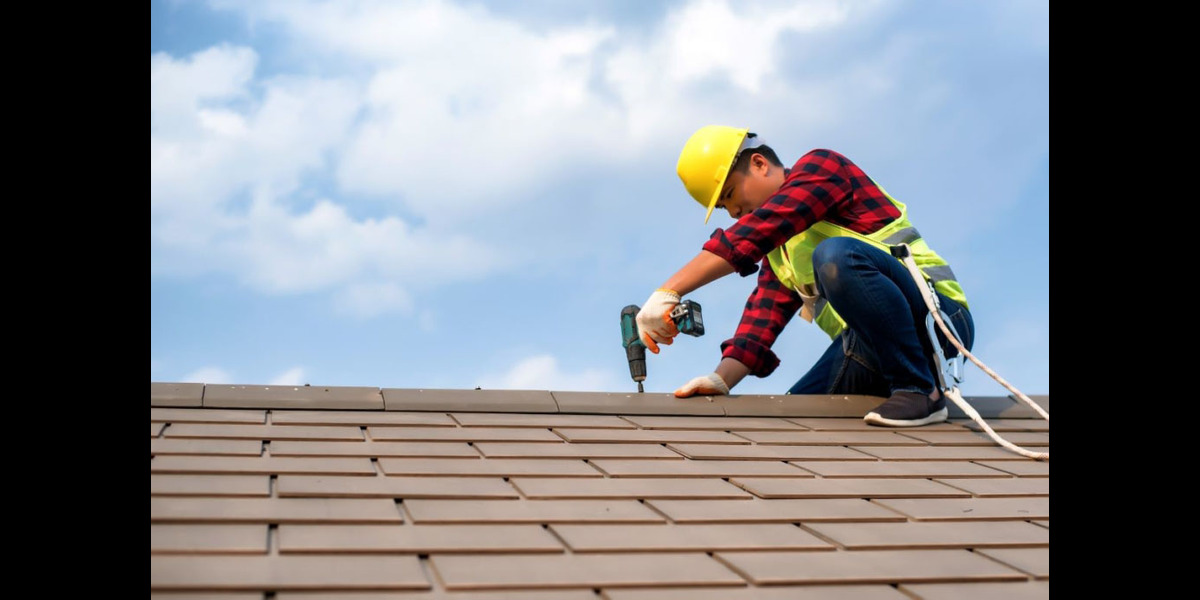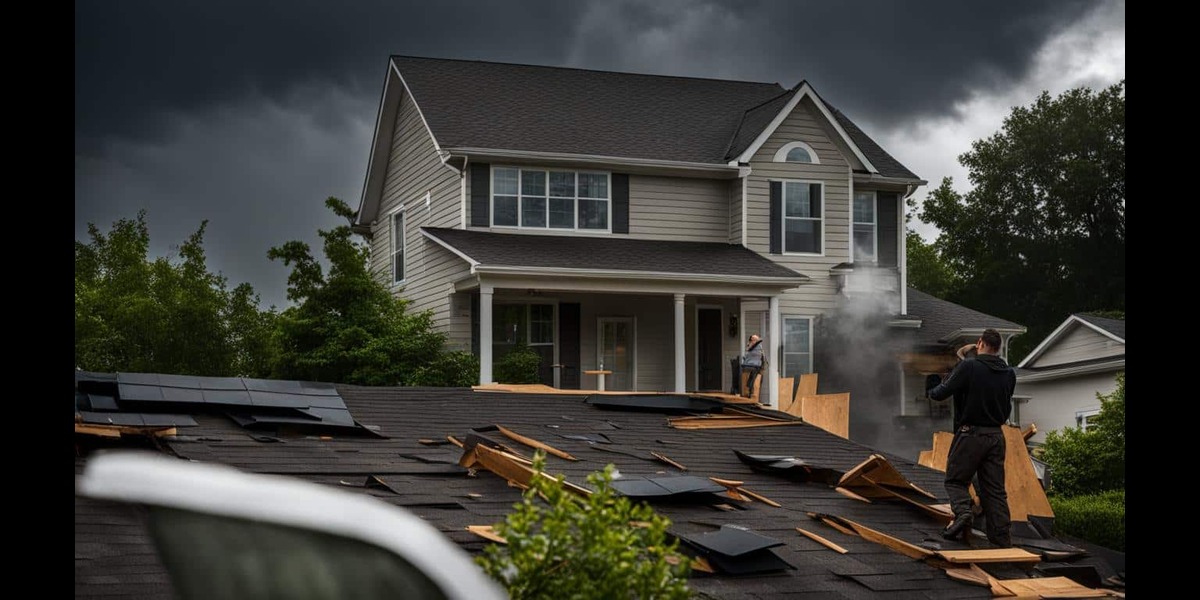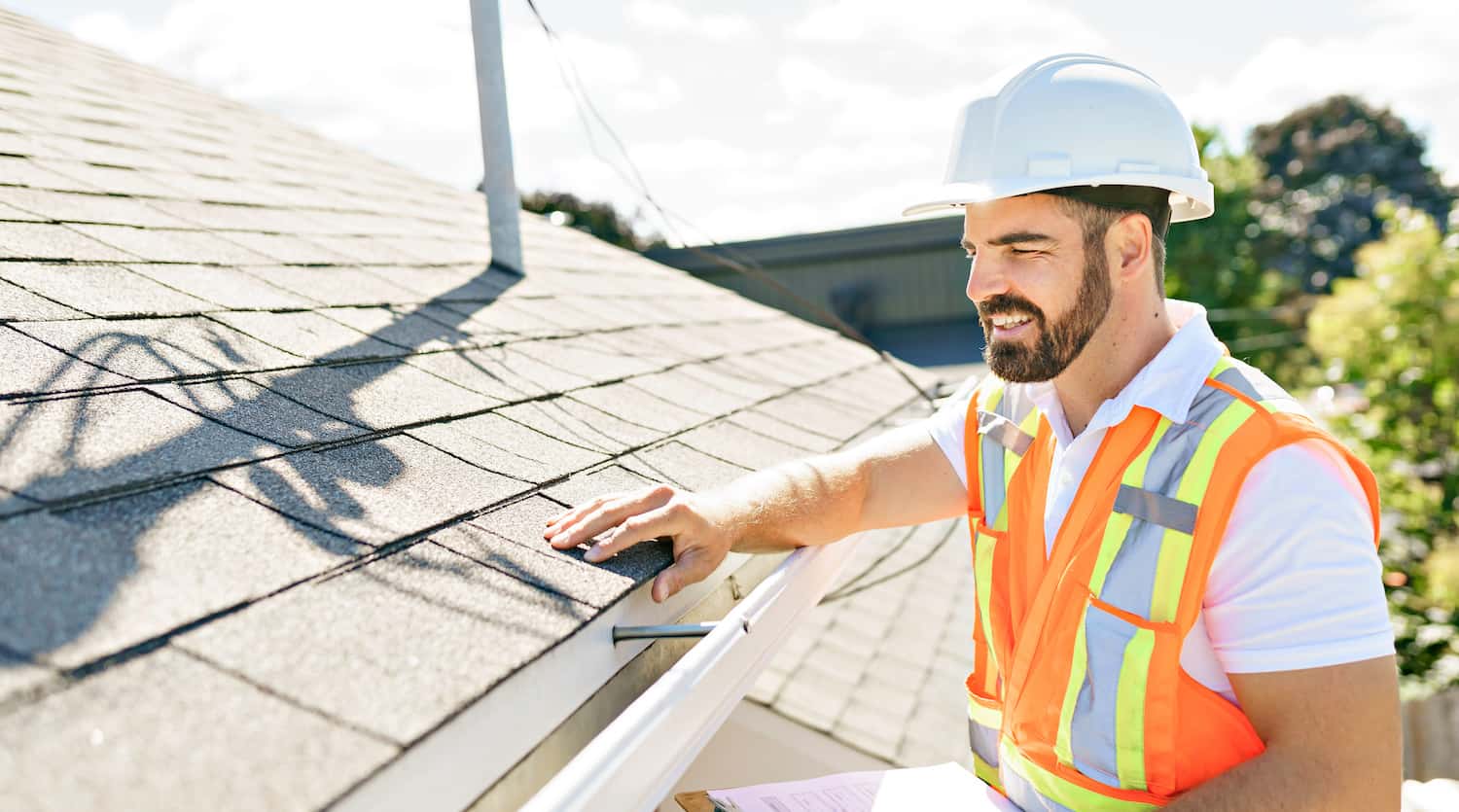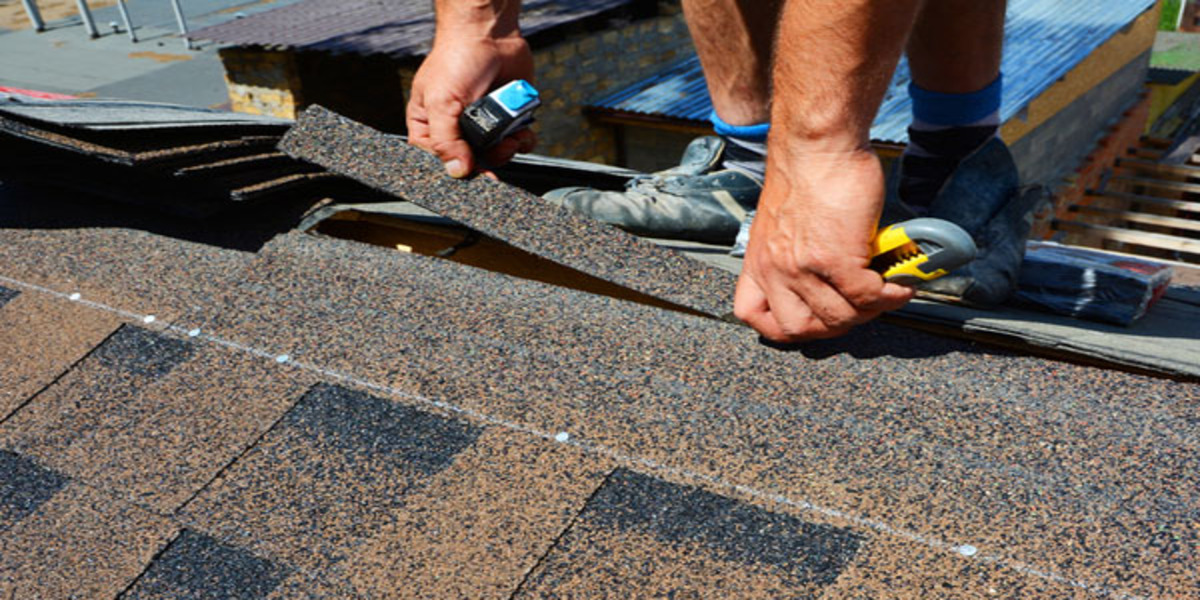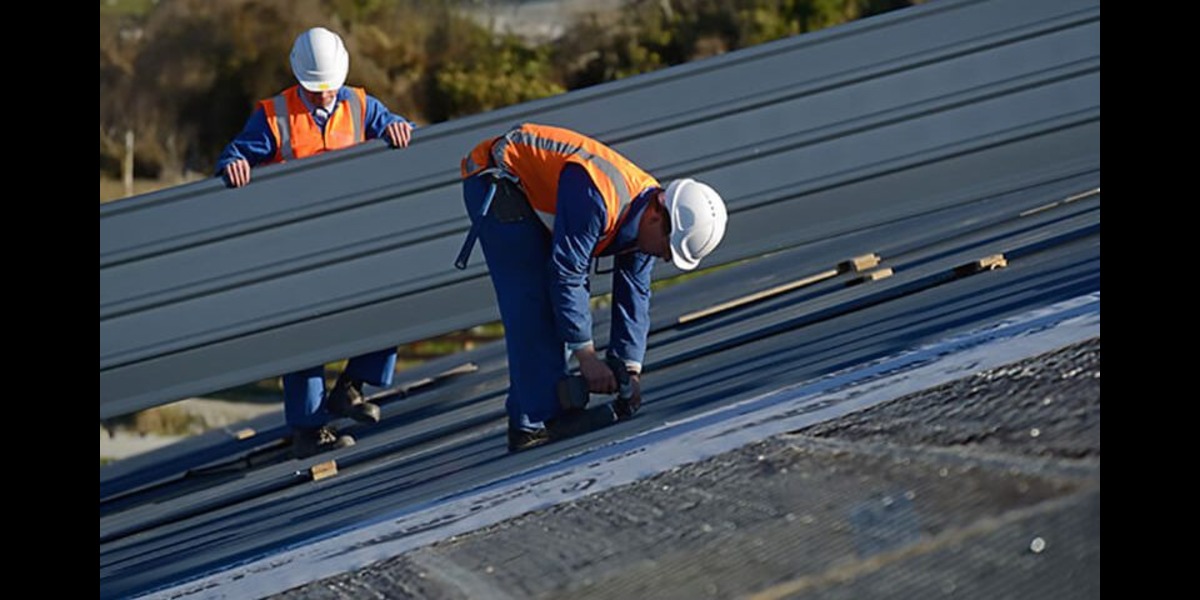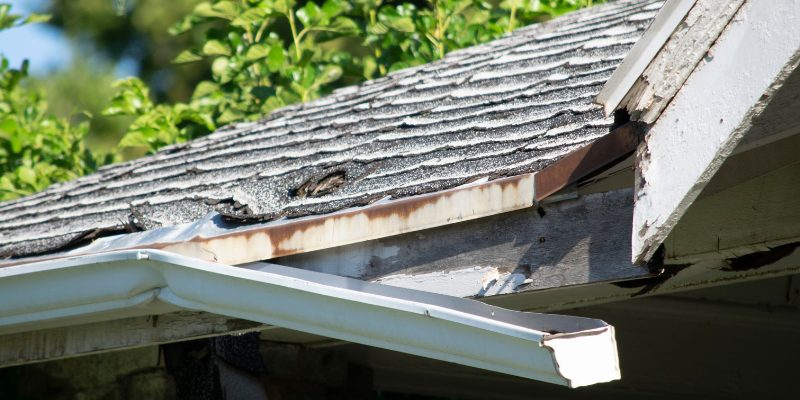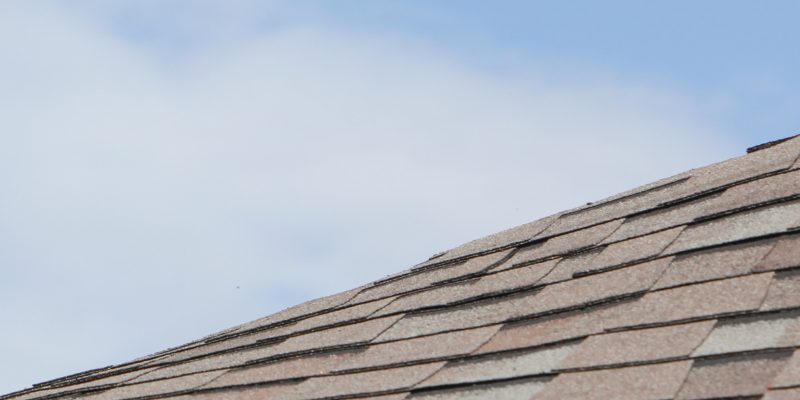
For homeowners in Long Island, NY, understanding the ideal frequency for roof inspections can save time, money, and stress. With Long Island’s varied weather conditions—from hot summers to snowy winters and the salty, humid air of coastal towns like Montauk and Long Beach—regular inspections tailored to these conditions are crucial.
We’ll learn how often roofs should be inspected, why these inspections are essential, and how to adapt your inspection schedule based on specific Long Island factors.
Why Regular Roof Inspections Are Important
Regular roof inspections offer numerous benefits:
Early Detection of Problems
Identifying issues such as leaks, damaged shingles, or structural weaknesses early can prevent costly repairs.
Prolonged Roof Lifespan
Proactive maintenance helps extend the life of your roof, saving you from premature replacements.
Enhanced Home Safety
Keeping your roof in good condition ensures it can withstand the elements, protecting your home and family.
Maintained Home Value
A well-maintained roof boosts your home’s curb appeal and market value.
Recommended Frequency for Roof Inspections
Bi-Annual Inspections
For most Long Island homes, a bi-annual roof inspection is ideal:
Spring Inspection
Check your roof after the winter to assess any damage caused by snow, ice, and fluctuating temperatures. This is especially important in areas like Smithtown and Syosset, where heavy snow can take a toll.
Fall Inspection
Inspect your roof in the fall to prepare for the winter months. Ensure it’s in good condition to handle potential snow and ice accumulation.
Post-Storm Inspections
Severe weather events, such as hurricanes, nor’easters, or thunderstorms, can cause significant roof damage. Schedule an inspection to:
Identify and Address Storm Damage
High winds and heavy rain can loosen shingles, damage flashing, and create leaks. Towns like Oyster Bay and Patchogue, prone to severe storms, should prioritize post-storm checks.
Ensure Immediate Repairs
Addressing storm damage quickly prevents further issues and costly repairs.
Periodic Professional Inspections
In addition to your regular bi-annual and post-storm inspections, a professional inspection every few years is highly recommended:
Every 3-5 Years
Have a certified roofing professional conduct a thorough inspection. They can identify hidden problems and provide expert maintenance advice.
After Major Home Changes
If you’ve recently installed new roofing, solar panels, or undergone significant renovations, have your roof inspected to ensure everything is properly integrated and secure.
Special Considerations for Older Roofs
Homes with older roofs require more frequent inspections:
Annual Inspections for Roofs Over 15 Years Old
As roofs age, they become more susceptible to wear and tear. Annual inspections help catch problems early and plan for eventual replacement.
Bi-Annual Inspections for Roofs Over 20 Years Old
For roofs nearing the end of their typical lifespan, increasing the inspection frequency to twice a year ensures any emerging issues are promptly addressed.
Factors Influencing Inspection Frequency on Long Island
Climate and Weather Patterns
Long Island’s climate significantly affects roof inspection needs:
Coastal Areas
Homes in Montauk, Hampton Bays, and other coastal towns are exposed to salty air, high humidity, and strong winds. These factors accelerate wear and tear, necessitating more frequent inspections.
Snow-Prone Areas
Inland towns like Huntington and Stony Brook experience heavy snowfall. Roofs in these areas should be inspected after the snow season to check for damage from ice dams and heavy snow loads.
Roof Material and Age
The type and age of your roofing material influence how often you should inspect your roof:
Asphalt Shingles
The most common roofing material in Long Island, asphalt shingles typically require bi-annual inspections and more frequent checks as they age.
Metal Roofing
Known for its durability, metal roofing may require less frequent inspections, but post-storm checks are still essential.
Tile and Slate
These materials are long-lasting but should be inspected annually to ensure they remain secure and undamaged.
Surrounding Environment
The environment around your home can impact your roof’s condition:
Tree Coverage: Homes in wooded areas like Northport and Great Neck may need more frequent inspections due to potential damage from falling branches and accumulated debris.
Urban Areas: In densely populated areas like Hempstead and Levittown, roofs may suffer from pollution and require regular cleaning and inspection.
What to Look for During a Roof Inspection
Exterior Inspection
Focus on the following during your exterior roof inspection:
Shingle Condition
Look for missing, cracked, or curling shingles.
Flashing
Check around chimneys, vents, and skylights for loose or damaged flashing.
Gutters and Downspouts
Ensure they are clear and securely attached.
Debris Accumulation
Remove leaves, branches, and other debris that can trap moisture and cause damage.
Interior Inspection
Inside your home, inspect:
Attic and Ceiling
Look for signs of water damage, such as stains, mold, or damp insulation.
Ventilation
Ensure your attic is well-ventilated to prevent moisture buildup and maintain roof health.
Structural Issues
Check for any signs of sagging or structural weakness.
Professional Assessment
A professional roofer can provide a detailed inspection that includes:
Roof Deck and Structure
Assess the integrity of the roof deck and supporting structures.
Moisture and Insulation
Use specialized tools to detect hidden moisture and assess insulation effectiveness.
Comprehensive Report
Receive a detailed report with recommended repairs and maintenance actions.
Email:
chiefcornerstoneinc@gmail.com
Hours of Operation
Mon – Fri 8:00am – 8:00pm
Sat – Sun 8:00am – 6:00pm

